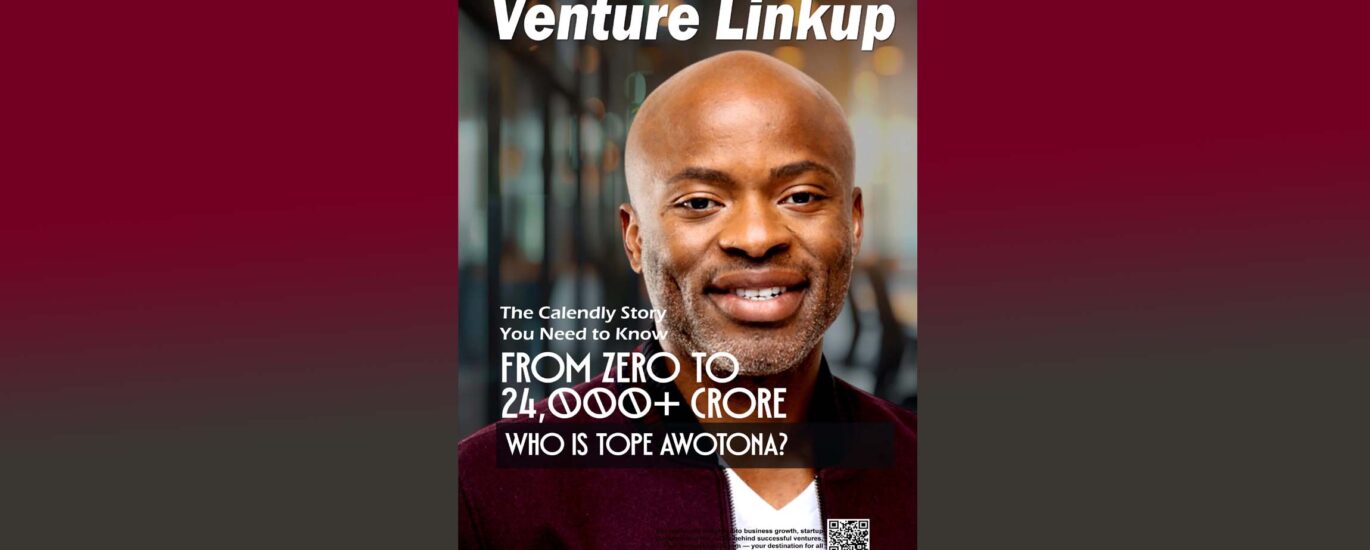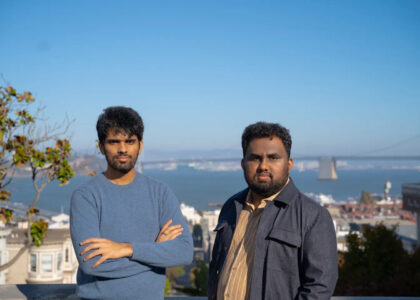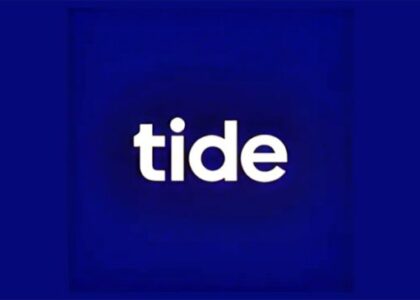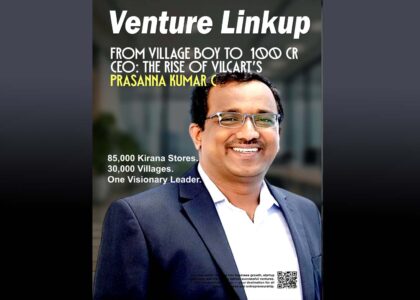When we think of billion-dollar startups, we often picture venture capital, flashy headlines, and huge marketing budgets. But Calendly? It quietly disrupted the world of scheduling — and it did so without outside funding in the early days.
The man behind it? Tope Awotona, a Nigerian-American entrepreneur who bet everything on his vision. No trust fund. No VC. Just grit, code, and a lot of Calendly links.
Let’s dive into one of the most underrated yet powerful bootstrapped startup stories of the decade.
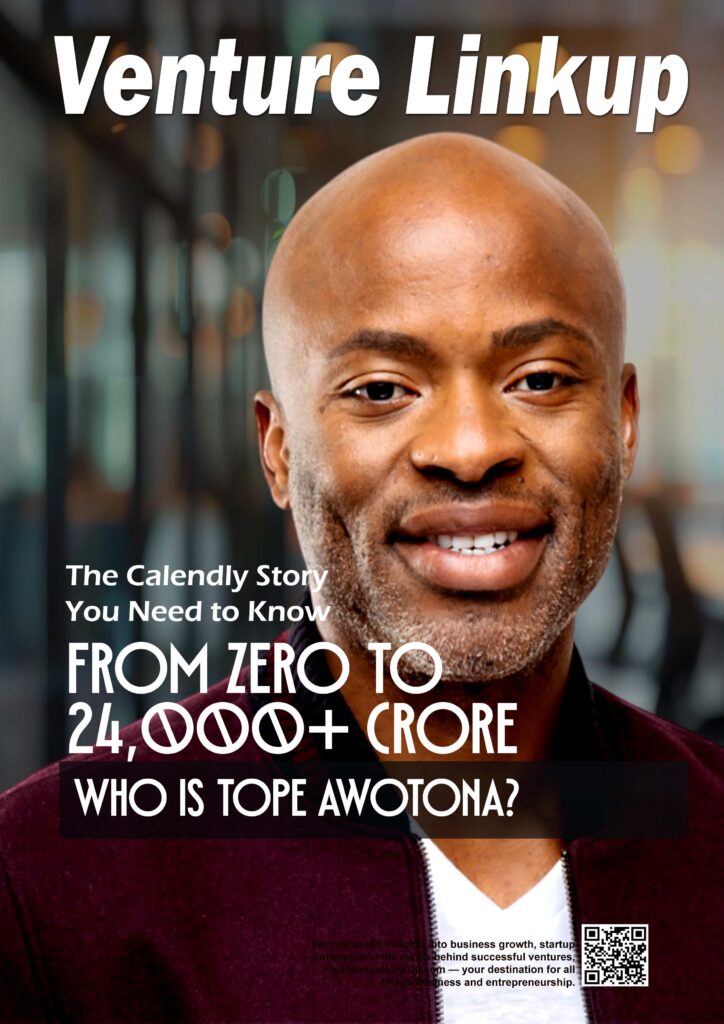
Who Is Tope Awotona?
Before becoming a tech mogul, Tope worked in sales at Dell and other software companies. But scheduling meetings always felt broken to him. Double bookings, missed slots, email chains — the pain was real.
So in 2013, he took a massive risk:
He emptied his life savings — over $200,000 (₹1.6 Crore) — to build Calendly.
“I didn’t want to raise money until I proved the concept,” Tope shared in an interview.
That mindset shaped Calendly’s DNA: lean, customer-focused, and insanely useful.
The Bootstrapped Growth That Made Headlines
Calendly didn’t just grow — it exploded.
- $30 million ARR (Annual Recurring Revenue) before raising any VC money
- Over 10 million users worldwide
- Used by big names like Lyft, Dropbox, and Compass
- Valued at $3 billion (₹24,000+ Crore) in 2021
And all of this from a solo founder, without initial investors. That’s the kind of bootstrap-to-billion story startup dreams are made of.
Let that sink in: A ₹1.6 Cr bet became a ₹24,000 Cr empire.
Why Calendly Worked: Real Use Cases That Hit Home
Tope didn’t just build a tool — he solved a pain point we all feel.
- Freelancers use it to lock meetings without back-and-forth emails
- Sales teams use it to boost demo bookings
- Coaches and consultants use it to automate onboarding
- Even founders on VentureLinkUp.com schedule investor calls with Calendly!
👉 In fact, 1000+ brands in our 100Cr Club use Calendly to save time and close more deals.
That’s why this simple link-based scheduling tool turned into a household name.
Why Founders Still Talk About Calendly in 2025
Here’s what makes Calendly more relevant than ever today:
- It’s still founder-driven
- It nails user experience
- It generates massive revenue without gimmicks
- It’s the go-to tool in the remote-first world
And with Gen Z entrepreneurs now automating their calendars before they hire employees, Calendly is quietly becoming the backbone of startup efficiency.
If you’re bootstrapping in 2025, take notes:
Build something useful. Market it smartly. And reinvest your profits like Tope.
From a Scheduling Link to a ₹24,000 Crore Brand
Yes, you read that right. Calendly is a ₹24,000+ Crore brand today.
And it started with one man, a real problem, and a bet on himself.
📢 So here’s the hype again:
If Tope Awotona could do it with zero external funding, why can’t your startup be the next ₹100 Cr story?
At VentureLinkUp.com, we’re building a platform for bootstrapped legends, not just VC darlings. Join the wave.
Key Takeaways: What You Can Learn from Tope Awotona
- Solve a real problem — Calendly did it perfectly
- Bootstrap till you break through — don’t rush to raise funds
- Own your growth — revenue > vanity metrics
- Bet on yourself — just like Tope did
Want to read more real stories like this? Check out our 100Cr Club blog where we feature founders who scaled brands without the VC safety net.
#Bootstrappedstartup #TopeAwotona
#Calendlysuccessstory #Startupwithoutfunding #Howtobuildbillion-dollarbrand #Realfounderstories #Indiestartups #Leanstartupsuccess


